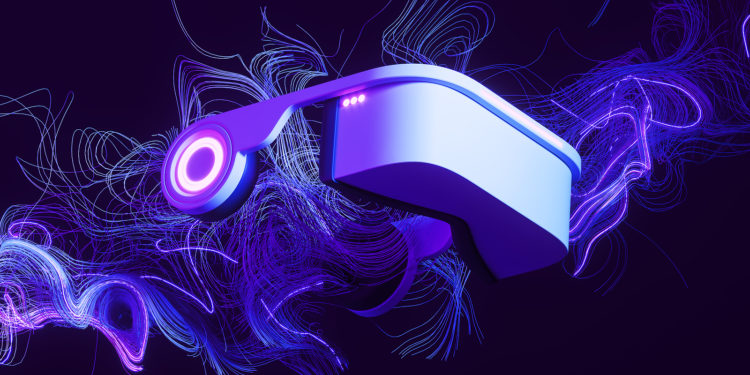Apple is working hard to improve the first version of its AR/VR headset - Apple Reality Pro - before it is reportedly unveiled in June. A new report from Bloomberg provides some details about the Reality Pro headset's features and limitations, including whether an iPhone will be required for setup.
In the latest edition of his newsletter “Power On” reported Bloomberg's Mark Gurman says the latest test versions of the Apple Reality Pro headset "don't require an iPhone to set up or use." This is a notable difference from previous Apple devices like the Apple Watch, which originally required an iPhone for setup. Instead, the Apple Reality Pro headset can be set up independently of an iPhone and downloads user data directly from iCloud. However, similar to setting up other Apple devices, data can also be transferred directly from an iPhone or iPad to the headset. Unlike other AR/VR headsets on the market, the Reality Pro headset will not have controllers but will rely on the user's eyes and hands. Bloomberg reports that "in-air typing" will be a key feature for text input but is "a bit tricky" in the testing phase.
Apple Reality Pro Headset: The second generation is expected to be even more powerful
A key feature for text input - air typing - is available on the latest internal prototypes, it says. But it was very finicky during testing, so when you get the first headset, you may still need to pair it with an iPhone to use the touchscreen keyboard. Apple is hoping for quick improvements after launch. The company expects the headset to follow the same path as the original Apple Watch in this regard.
Bloomberg reports that Apple is working on a second-generation Reality Pro headset with a focus on performance:
The second Pro headset is supposed to focus on performance. While the first model has an M2 chip and a second chip for AR and VR processing, it is not powerful enough to output the graphics the way Apple would like.
Apple's first headset was originally supposed to be even more powerful, with a separate hub with additional processing power that could be wirelessly transferred to the device. But Apple's former design chief Jony Ive scrapped that idea. Now the company is working on equipping the second model with a more powerful processor (perhaps a variant of the M3 or M4) to fill that gap." The Apple Reality Pro headset is reportedly set to be unveiled at WWDC in June and will hit the market later this year. (Photo by ismagilov / Bigstockphoto)





